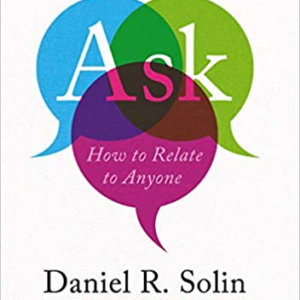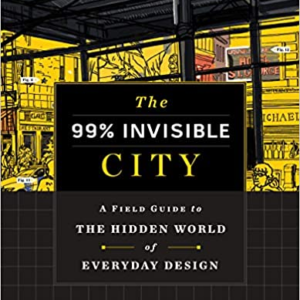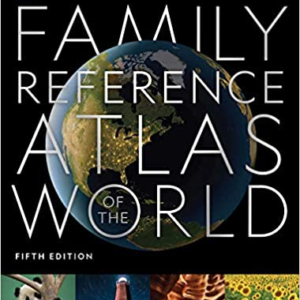Reconstructing Minds and Landscapes: Silent Post-War Memory in the Margins of History (Studies for the International Society for Cultural History) 1st Edition by Marja Tuominen, T. G. Ashplant , Tiina Harjumaa
HARDCOVER
[ 250 PAGES ]
PUB: December 31, 2020
Description
Mental and material reconstruction was an ongoing process after World War II, and it still is. This volume combines a detailed treatment of post-war cultural reconstruction in Finnish Lapland – a region on the geographical and historical margins of its nation-state – with comparative case studies of silent post-war memory from other European countries The contributors shed light on key aspects of cultural reconstruction generally: disruptions of national narratives, difficulties of post-war cultural demobilisation, sites of memory, visual narratives of post-war reconstruction, and manifestations of trans-generational experiences of cultural reconstruction.
Exploration of the less conspicuous aspects of mental reconstruction reveals various forms of post-war silence and silencing which have halted or hindered different groups of people in their mental return to peace. Rather than focusing on the “executive level” of material reconstruction, the volume turns its gaze towards those who experienced the return to peace in the mental, societal, and historical margins: members of ethnic, religious, and cultural minorities, women, and children.
The chapters draw on archival and other original sources, personal memories, autobiographical interpretations, and academic debate. The volume is relevant for scholars and advanced students in the fields of cultural history, art history, and cultural studies.
| Weight | 1.74 lbs |
|---|---|
| Author | |
| Format | |
| ISBN-10 | |
| Language | |
| Publication Date | |
| Publisher |
Be the first to review “Reconstructing Minds and Landscapes: Silent Post-War Memory in the Margins of History (Studies for the International Society for Cultural History) 1st Edition by Marja Tuominen, T. G. Ashplant , Tiina Harjumaa”
You must be <a href="https://webdelico.com/my-account/">logged in</a> to post a review.




























There are no reviews yet.